Removing Junipers - What to plant!?
laurell
11 years ago
Related Stories
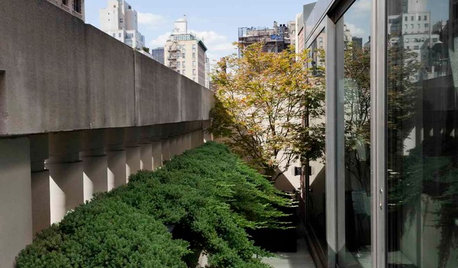
GARDENING GUIDESGreat Design Plant: Creeping Juniper Holds Its Ground
Add texture and evergreen interest to a layered garden with this low-maintenance, good-looking ground cover
Full Story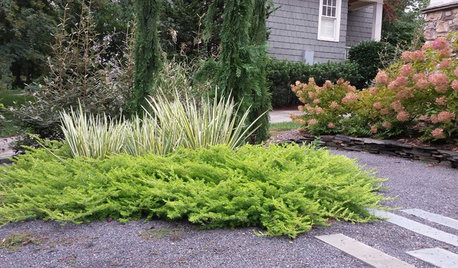
PLANTING IDEASThese Aren’t Your Grandparents’ Junipers
Dislike junipers? Maybe it’s time to discover new varieties and new uses for this garden workhorse
Full Story
HOUSEKEEPINGHow to Remove Water Rings From Wood Tables
You may be surprised by some of these ideas for removing cloudy white water marks from wood surfaces
Full Story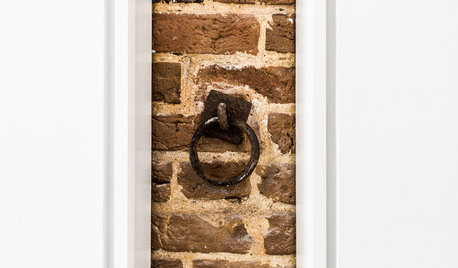
LIFEYou Said It: ‘Rather Than Remove Them, They Framed Them’
Design advice, inspiration and observations that struck a chord this week
Full Story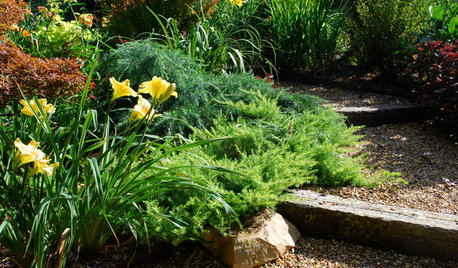
GARDENING GUIDESGreat Design Plant: Juniperus Conferta ‘Golden Pacific’
‘Golden Pacific’ shore juniper shines in sun or partial shade
Full Story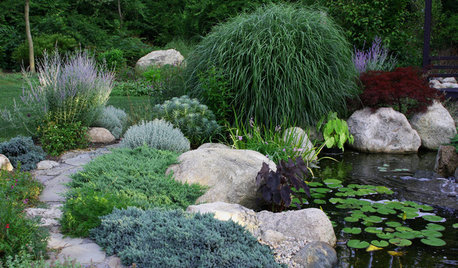
GARDENING GUIDESGreat Design Plant: Juniperus Squamata ‘Blue Star’
Need some blues in your garden? Discover Blue Star juniper
Full Story
FARM YOUR YARDHow to Build a Raised Bed for Your Veggies and Plants
Whether you’re farming your parking strip or beautifying your backyard, a planting box you make yourself can come in mighty handy
Full Story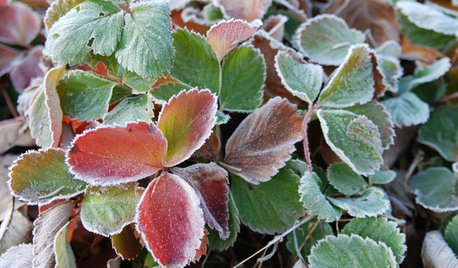
GARDENING GUIDESGreat Design Plant: Strawberries for All Seasons
An edible carpet? It's possible with a mass planting of this tough ground cover
Full Story
GARDENING GUIDES8 Plants That Snobs Love to Hate — and You'll Love to Grow
Don't dismiss these common annuals, perennials and shrubs — there are reasons they've been popular for so long
Full Story
GARDENING GUIDES6 Plants That Beat Butterfly Bush for the Wildlife Draw
It's invasive, a nonnative and a poor insect magnet. Check out these better alternatives to butterfly bush in the garden
Full Story







Embothrium
laurellOriginal Author
Related Professionals
Eden Prairie Landscape Architects & Landscape Designers · Waterbury Landscape Contractors · Woburn Landscape Contractors · Cliffside Park Landscape Contractors · Cockeysville Landscape Contractors · Essex Landscape Contractors · Hoover Landscape Contractors · Little Ferry Landscape Contractors · Pahrump Landscape Contractors · Raleigh Landscape Contractors · Salem Landscape Contractors · Shirley Fence Contractors · Columbia Fence Contractors · Hull Fence Contractors · Verona Fence ContractorsGeorge Three LLC
gardengal48 (PNW Z8/9)
Embothrium
gardengal48 (PNW Z8/9)
laurellOriginal Author
Embothrium
laurellOriginal Author
Embothrium
laurellOriginal Author
Embothrium
laurellOriginal Author
Embothrium
laurellOriginal Author
Embothrium
botann
laurellOriginal Author
Dalton the Bengal (Zone 6)